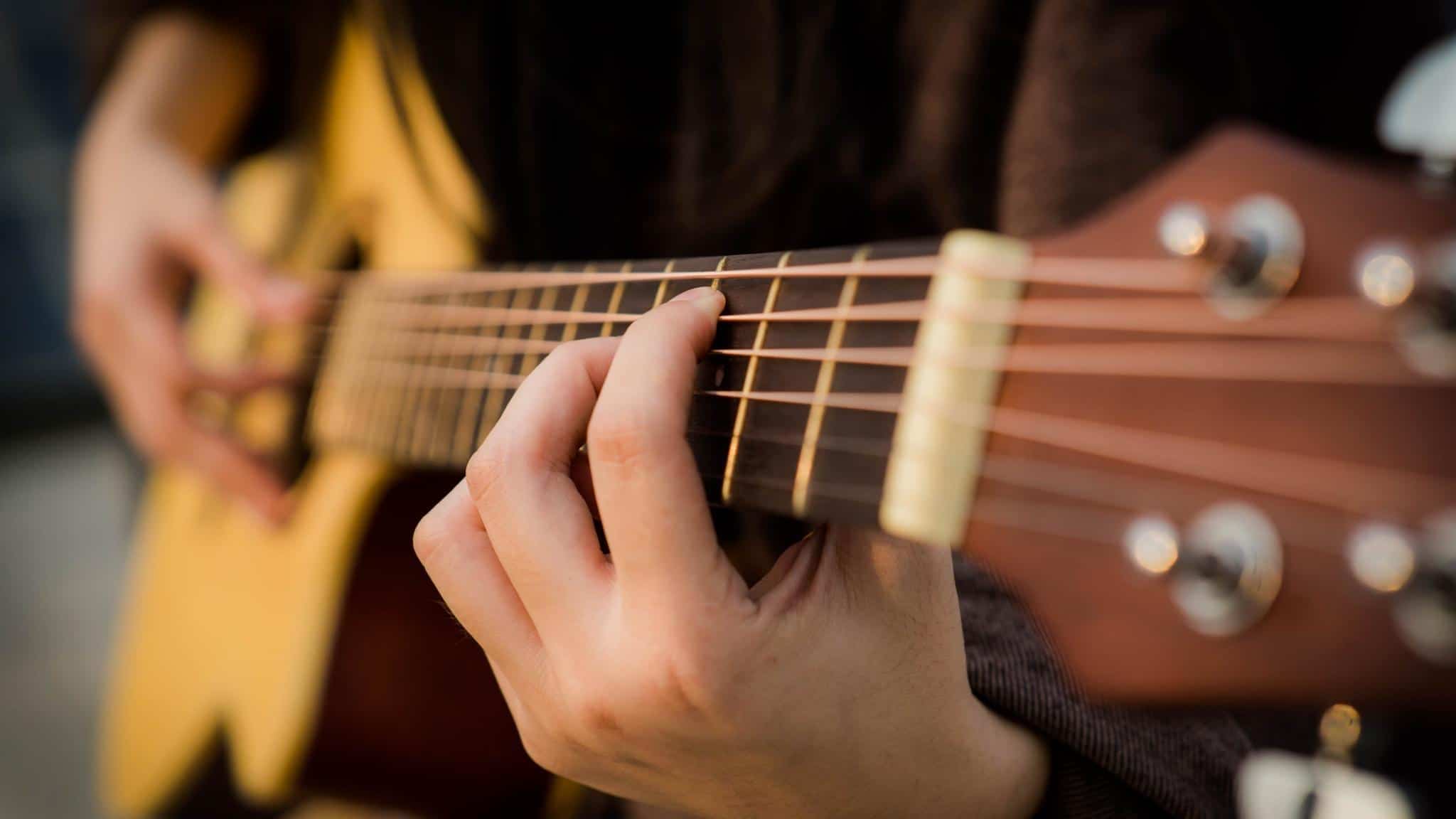In music, a triad is a set of three notes that can be stacked in thirds. The term “harmonic triad” was coined by Johannes Lippius in his “Synopsis musicae novae” (1612).
When stacked in thirds, the triad’s members, from lowest pitched tone to highest, are called: the Root the Third – its interval above the root being a minor third (three semitones) or a major third (four semitones) the Fifth – its interval above the third being a minor third or a major third, hence its interval above the root being a diminished fifth (six semitones), perfect fifth (seven semitones), or augmented fifth (eight semitones).

Such chords are referred to as triadic. Some twentieth-century theorists, notably Howard Hanson and Carlton Gamer, expand the term to refer to any combination of three different pitches, regardless of the intervals amongst them.
The word used by other theorists for this more general concept is “trichord”.
Others, notably Allen Forte, use the term to refer to combinations apparently stacked of other intervals, as in “quartal triad”.Forte, Allen, (1973) The Structure of Atonal Music (New Haven and London: Yale University Press): ISBN 0-300-02120-8 In the late Renaissance, western art music shifted from more “horizontal” contrapuntal approach toward chord-progressions requiring a more “vertical” approach, thus relying more heavily on the triad as the basic building block of functional harmony.
The root tone of a triad, together with the degree of the scale to which it corresponds, primarily determine a given triad’s function.
Secondarily, a triad’s function is determined by its quality: major, minor, diminished or augmented. Three of these four kinds of triads are found in the Major (or diatonic) scale.
I'm Joost Nusselder, the founder of Neaera and a content marketer, dad, and love trying out new equipment with guitar at the heart of my passion, and together with my team, I've been creating in-depth blog articles since 2020 to help loyal readers with recording and guitar tips.

